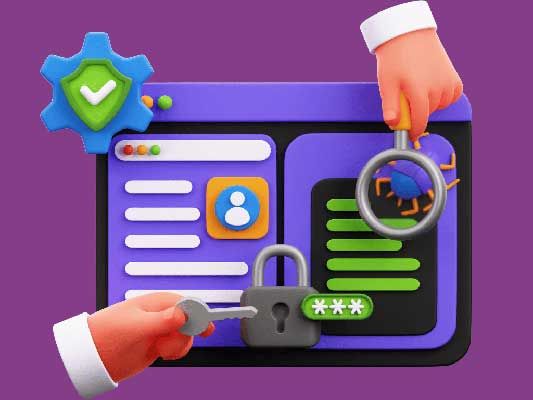
Navigating Cyber Safety: Ensuring a Secure Online Presence Amidst Holiday Hustle
Step into the realm of the digital landscape, where the holiday season not only ushers in joy but also amplifies the likelihood of cyber threats. Amid the holiday rush, worrying about your website's security might be the least of your concerns. Within this piece, we'll guide you through the nuances of website security in an easily comprehensible manner, aiding you in fortifying your site against potential cyber threats during this celebratory season. Join us on this exploration to guarantee that your online presence stays festive and secure.
Deciphering Cyber Threats: What's on the Line
Before delving into safeguarding strategies, it's crucial to comprehend the various types of cyber threats that your website could encounter. Cyber threats encompass an array of malicious actions orchestrated by hackers, spanning from data breaches and identity theft to malware infections and DDoS attacks. The repercussions of these threats may include financial losses, harm to your reputation, legal responsibilities, and the potential loss of your website and its content. Understanding these potential risks is the initial stride toward implementing robust security measures.
The Essentials of Website Security
1. Use Strong Passwords
It might sound simple, but it is crucial to use strong, unique passwords for your website's backend and any associated accounts. A strong password includes upper and lower-case letters, numbers, and special characters. Regularly update your passwords and avoid using easily guessable combinations.
2. Keep Software Updated
Content Management Systems (CMS) like WordPress, plugins, and themes are frequently updated to address security vulnerabilities. Regularly update your website's software to the latest versions to protect you against known exploits.
3. Install Security Plugins
Depending on your CMS, numerous security plugins offer features like firewall protection, malware scanning, and login attempt limiting. These plugins can be a great addition to your website's security toolkit.
4. Enable HTTPS
HTTPS (HyperText Transfer Protocol Secure) encrypts the data transmitted between your website and visitors. This is particularly important if your site handles sensitive information like user login credentials or payment details.
5. Implement a Web Application Firewall (WAF)
A WAF adds an extra layer of security by filtering and monitoring incoming traffic to your website. It can help prevent malicious attacks before they reach your site's server.
6. Backup Regularly
Regular backups are a lifesaver in case your site does fall victim to a cyber attack. They allow you to restore your website to its previous state and minimise potential damage.
Protecting Against Specific Threats
1. Securing Against Malicious Software
Shield your website from harmful software, commonly called malware, that poses a risk to you and your visitors. Utilise dependable security tools to regularly conduct scans for malware and swiftly eliminate any identified threats.
2. Defending Against DDoS Onslaughts
Safeguard your site from Distributed Denial of Service (DDoS) attacks, which flood it with an immense volume of traffic, posing a potential crash risk. Employ a DDoS mitigation service to detect and filter out malicious traffic effectively during these attacks.
3. Secure Payment Processing
If your website involves e-commerce, make sure your payment processing is secure. Use established and trusted payment gateways and comply with Payment Card Industry Data Security Standard (PCI DSS) requirements.
4. User Data Protection
If your site collects user data, like email addresses or personal information, prioritise their security. Follow data protection regulations such as the General Data Protection Regulation (GDPR) to ensure data is encrypted and stored safely.
Remaining Informed and Watchful
The landscape of cyber threats undergoes continual evolution, necessitating a corresponding evolution in your security measures. Stay abreast of the latest security trends, vulnerabilities, and best practices. Engage with online communities, follow cybersecurity blogs, and consider enrolling in cybersecurity courses to enhance your knowledge.
Conclusion
Safeguarding the security of your website is a job that demands serious consideration. The potential repercussions of overlooking security are too significant to dismiss. Adhering to the fundamental security practices detailed in this article can diminish the risk of succumbing to cyber threats. Always remember that protecting your website is an ongoing commitment – staying vigilant and proactive is essential for upholding a secure online presence. Therefore, fortify your digital domain and ward off cyber threats, ensuring a safe and enjoyable experience for you and your visitors.